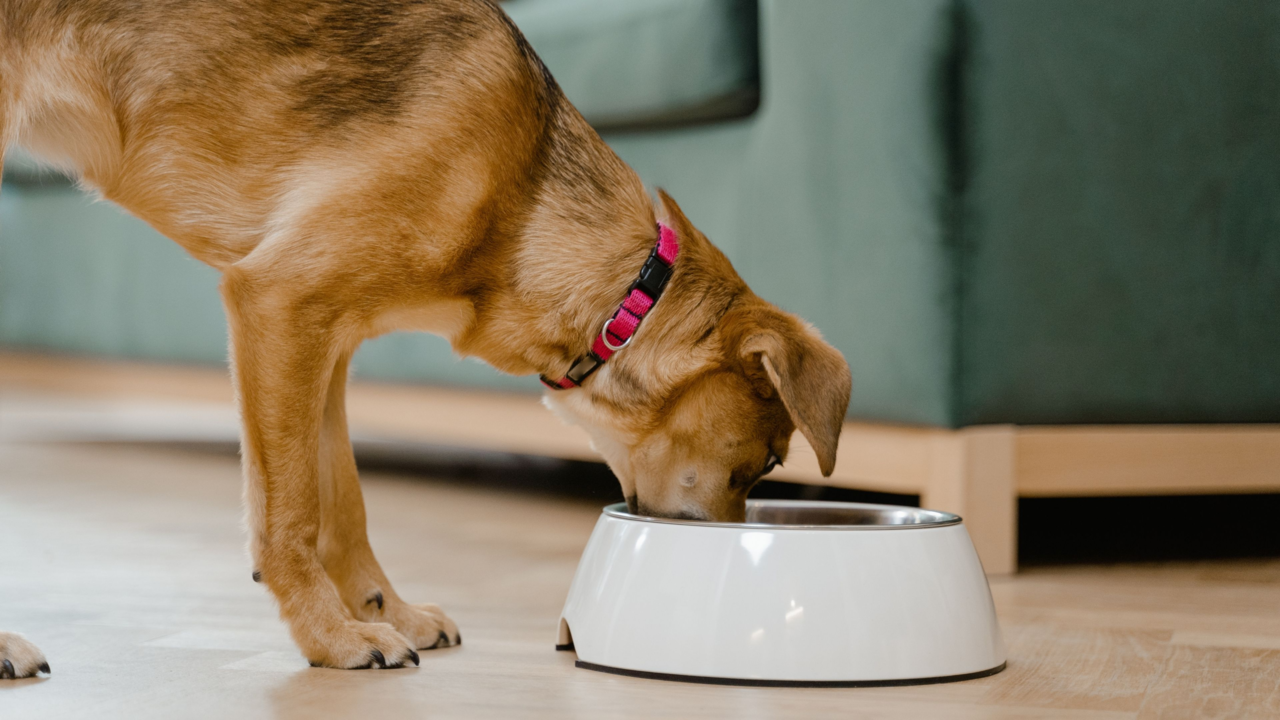
How to Safely Switch Dog Food Without Causing Tummy Upset
Changing your dog's diet can be a helpful step towards improving their health, dealing with allergies, or simply giving them more variety. However, switching dog food too suddenly can result in an upset tummy, diarrhoea, or a refusal to eat. This guide will show you how to transition between foods the right way, supporting your pup’s digestion and wellbeing every step of the way.
Why Switching Dog Food Can Cause Tummy Troubles
Dogs, like humans, have sensitive digestive systems that adapt to a consistent diet. Introducing new ingredients or different nutrient profiles too quickly can disrupt their gut bacteria, leading to gastrointestinal issues such as vomiting, gas, or loose stools. Whether you’re moving from dry kibble to wet dog food or trying out a different protein source, a slow and steady transition is key to minimising digestive discomfort.
Start With A Gradual Transition Plan
The safest way to switch dog food is by slowly incorporating the new food with the old over 7–10 days. Start with 75% of the current food mixed with 25% of the new food for the first two to three days. Gradually increase the new food portion every couple of days until your dog is eating 100% of the new diet.
If you're introducing your pup to something from a new product range or a different nutritional profile like high-protein or grain-free, keep a close eye on their energy levels and bowel movements throughout the transition.
Choose High-Quality, Digestive-Friendly Dog Food
Some dog foods are easier on the stomach than others. Look for products that are high in fibre, contain prebiotics and probiotics, and use limited, whole-food ingredients. You might explore New Zealand-made dog foods known for premium, locally sourced ingredients, which can support your dog’s health naturally.
For sensitive pups, options from our science health nutrition collection provide tailored formulations to suit their individual needs, from skin and coat health to digestive care.
Support Digestion With Supplements And Hydration
A healthy transition isn't just about food. Supplementing with digestive aids such as probiotics or digestive enzymes can help settle your dog's tummy as their system adjusts. Hydration plays a major role in digestion too, so ensuring your dog has access to fresh water or a smart pet water fountain can encourage increased water intake.
Watch For Reactions And Adjust As Needed
Continue to monitor your dog throughout the transition for any signs of digestive upset — including changes in stool consistency, vomiting, loss of appetite, or lethargy. If symptoms don’t settle within a few days or worsen, it's best to consult your vet.
If they’re showing signs of anxiety around mealtimes, introducing calming supplements for anxious dogs can help manage stress during the dietary change.
Conclusion: A Smooth Switch Starts With Patience
Switching dog food doesn’t have to lead to an upset tummy — with the right approach and quality products, it can be a smooth and positive change for your furry friend. Take it slow, support their digestion, and choose the right food that suits their needs. Browse our full range of dog foods at Petdirect to find top-rated and vet-recommended options your dog will love.
Ready to begin the switch? Explore our top-rated dog food picks to find the perfect match for your pup's diet today!